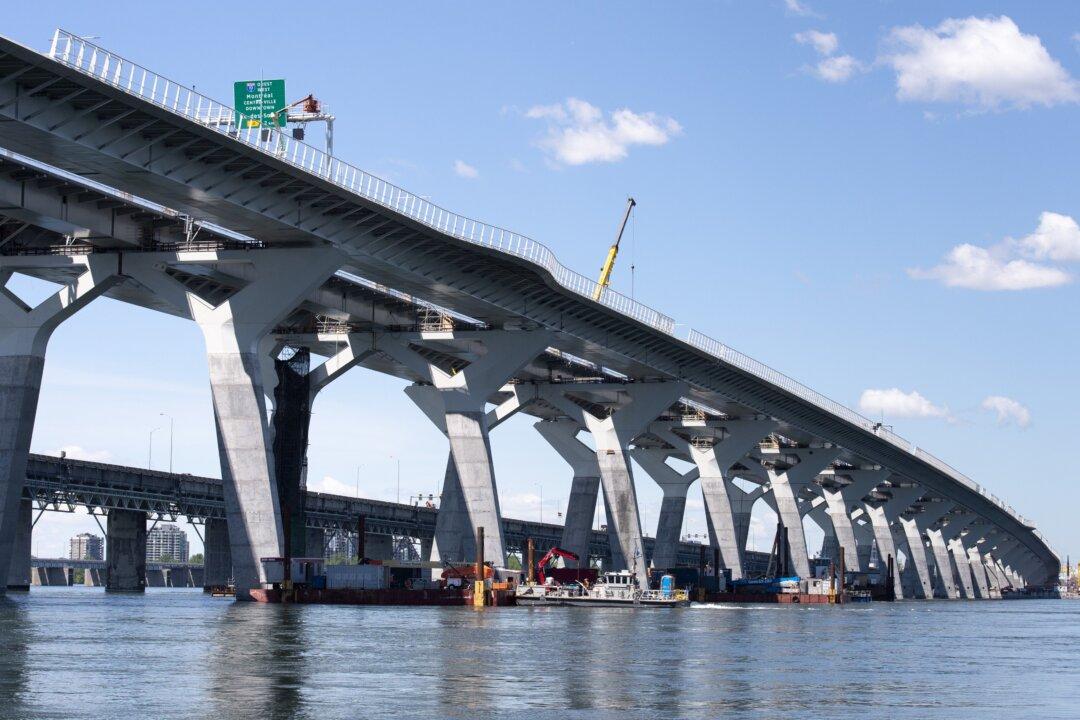Commentary
Infrastructure is a topic that’s always in vogue for a good discussion it seems. And that’s been the case for a long time. I remember discussing it at length at first ministers’ conferences back in the 1980s. It’s great fodder for people like me who like to write about public policy.



